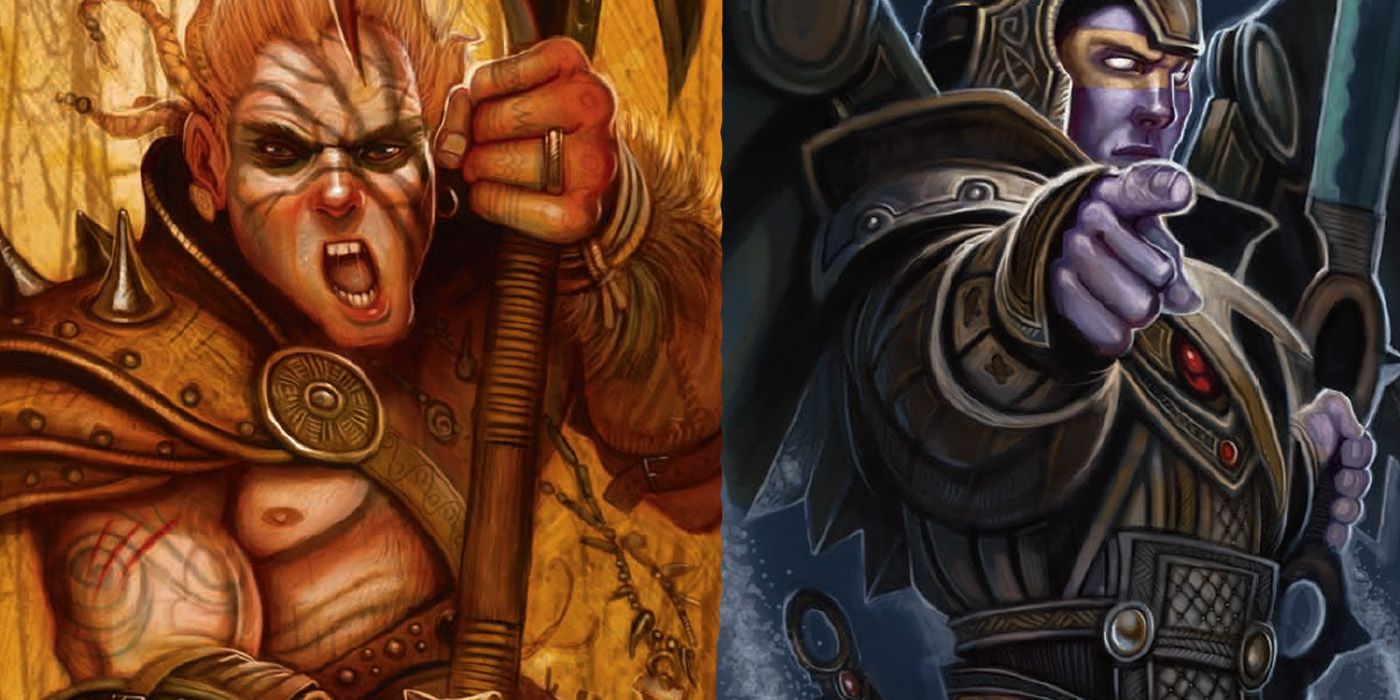
The Fighter of Dungeons & Dragons easily trumps most Classes in terms of combat versatility and superiority, thanks in part to their various Proficiencies and arsenal of combat options. However, the Battle Master Martial Archetype perhaps best represents the Fighter's technical know-how in tactical combat. Essentially, this D&D Subclass relies on Maneuvers to "dictate" the flow of combat.
RELATED: Ways The Elder Scrolls Could Be A Dungeons & Dragons 5e Campaign Setting
The Battle Master has access to more than 20 Maneuvers to use in battle. However, a full Battle Master build may only choose nine Maneuvers by 20th Level, so they must pick carefully. Just which of these Maneuvers benefit players the most?
Updated on 2 July 2021, by Rhenn Taguiam: Where Spellcasters have their Spell Slots and devastating AOE, the Battle Master has Maneuvers to manipulate close-quarters combat. With the right set of Maneuvers, a Battle Master can coax foes into attacking unfavorable targets or even attack with multiple disadvantages. While many Maneuvers exist within the current D&D 5e setup, Battle Masters should always have go-to Maneuvers to ensure they always have the best means to control combat encounters in favor of their party.
10 Ambush
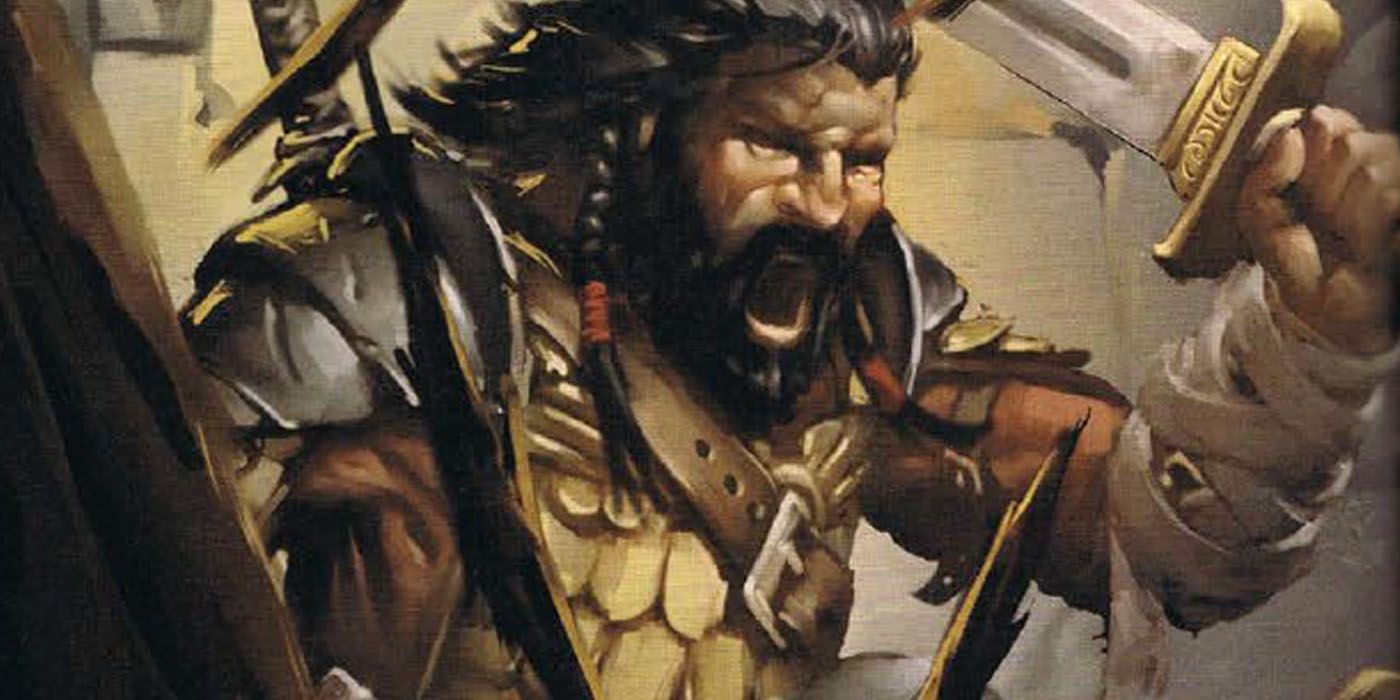
Provided the Battle Master isn’t incapacitated, they can spend one Superiority Die to make an Ambush Maneuver. When activated, Ambush adds the result of that roll to an Initiative Roll or a Stealth (DEX) check.
In terms of usage, Advantage on Stealth always helps in terms of large rolls. For instance, Ambush works great if the Battle Master has to sneak around a room undetected or elude a pursuit through a crowd. Likewise, a Battle Master can get more positioning opportunities the higher their Initiative gets.
9 Commanding Presence
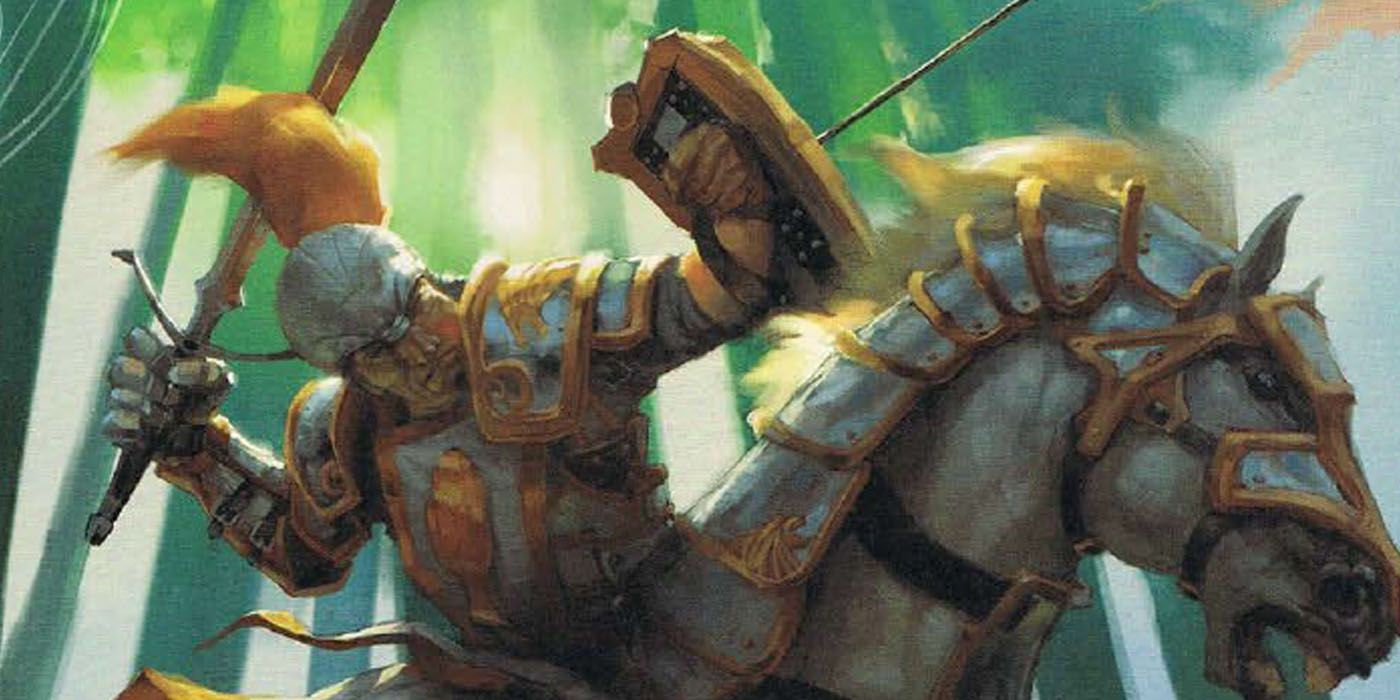
Battle Masters didn’t just train in the art of combat, but in the art of diplomacy as well. With Commanding Presence, the Battle Master can add a Superiority Die to improve on a Persuasion (CHA), Performance (CHA), or Intimidation (CHA) check.
If the Battle Master focuses too much on their battle training, Commanding Presence ensures they don’t get rusty in terms of their people skills. Commanding Presence can greatly help the Battle Master become a secondary “Face” of the team, even with a low Charisma. For parties who know they could do more investigating splitting up, having a Battle Master work on their own to talk with people and uncover clues can expedite social challenges.
8 Distracting Strike
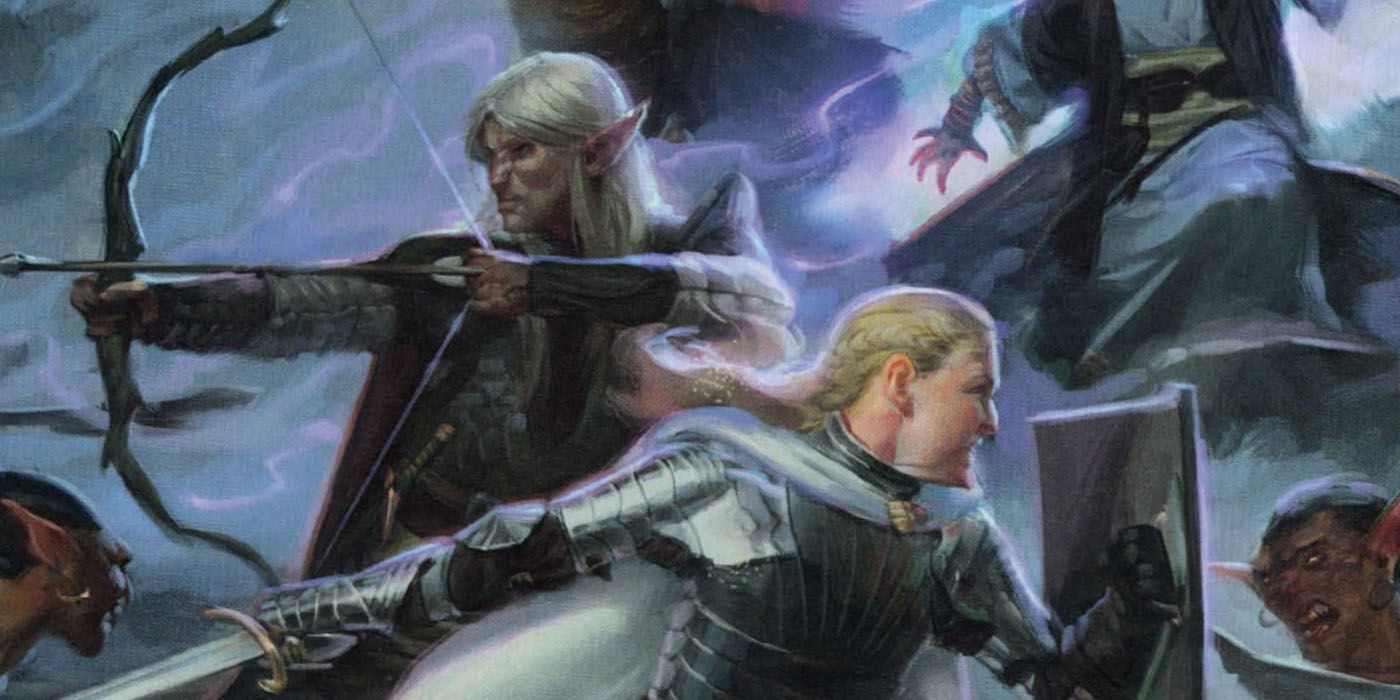
A Battle Master knows that being straightforward won’t always win battles. With a Distracting Strike, a Battle Master can transform an attack into a feint, giving allies an opening against their target. In terms of mechanics, Distracting Strike will trade a Superiority Die to gain Advantage in their next attack against that target. This second attack has to be done before the Battle Master starts their next turn, though.
Distracting Strike is a great way to incentivize coordinated attacks with other heavy-hitters in the group. This Maneuver works best with Monks, Rogues, and other Classes that have devastating attack combos. To maximize this Maneuver’s benefits, try pairing this up with high-powered attacks such as Sneak Attack, Harm, and Inflict Wounds.
7 Precision Attack
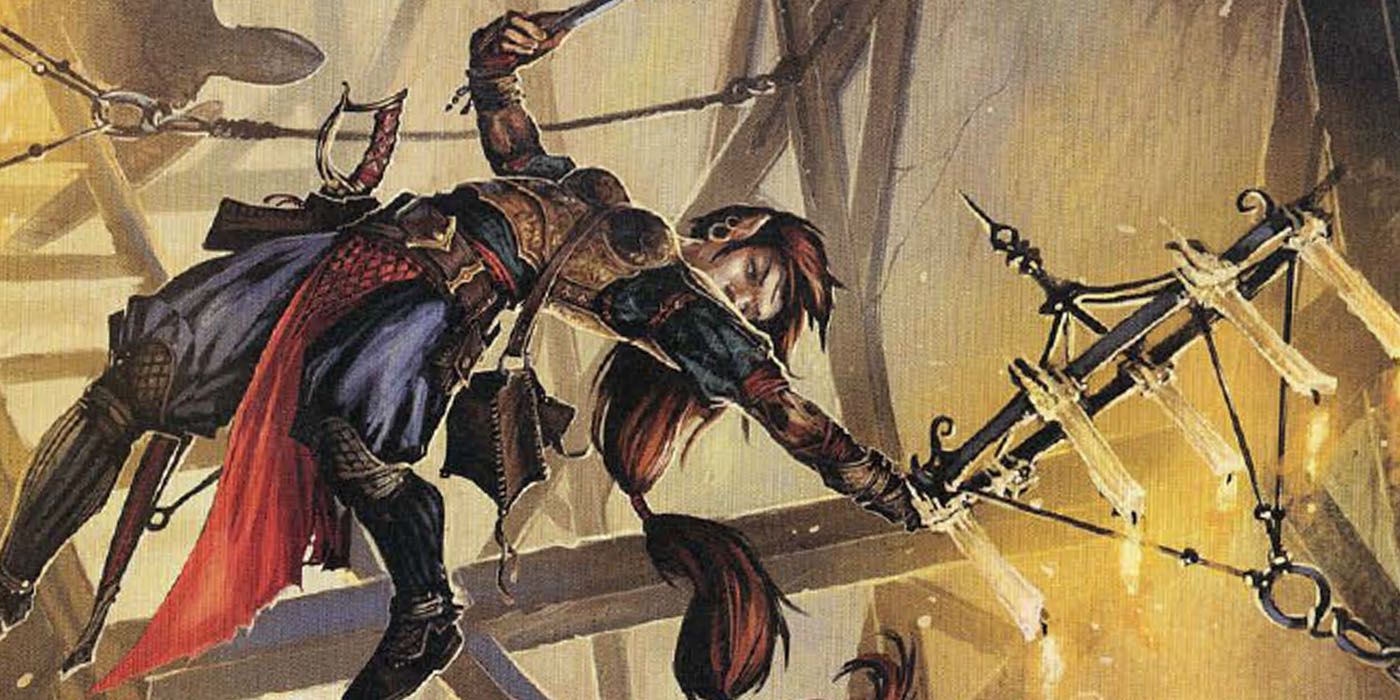
Unlike other combatants, a Battle Master knows how to make the best approach into any attack. When activated, Precision Attack prompts the Battle Master to spend one Superiority Die and add it to their current attack roll. They can use Precision Strike before or after making the attack roll but before applying any attack effects.
RELATED: The Most Useful D&D 5e Spells Players Should Have
Given the rare number of Superiority Dice every encounter, Precision Attack works in emergencies where it is crucial for an attack to hit. Given that Precision Attack can work after rolling for AC, a Battle Master can use this precisely when they need to. Additionally, since Precision Attacks don’t need Actions to pull off, attacks that use Bonus Actions will have more firepower with Precision Attack.
6 Goading Attack
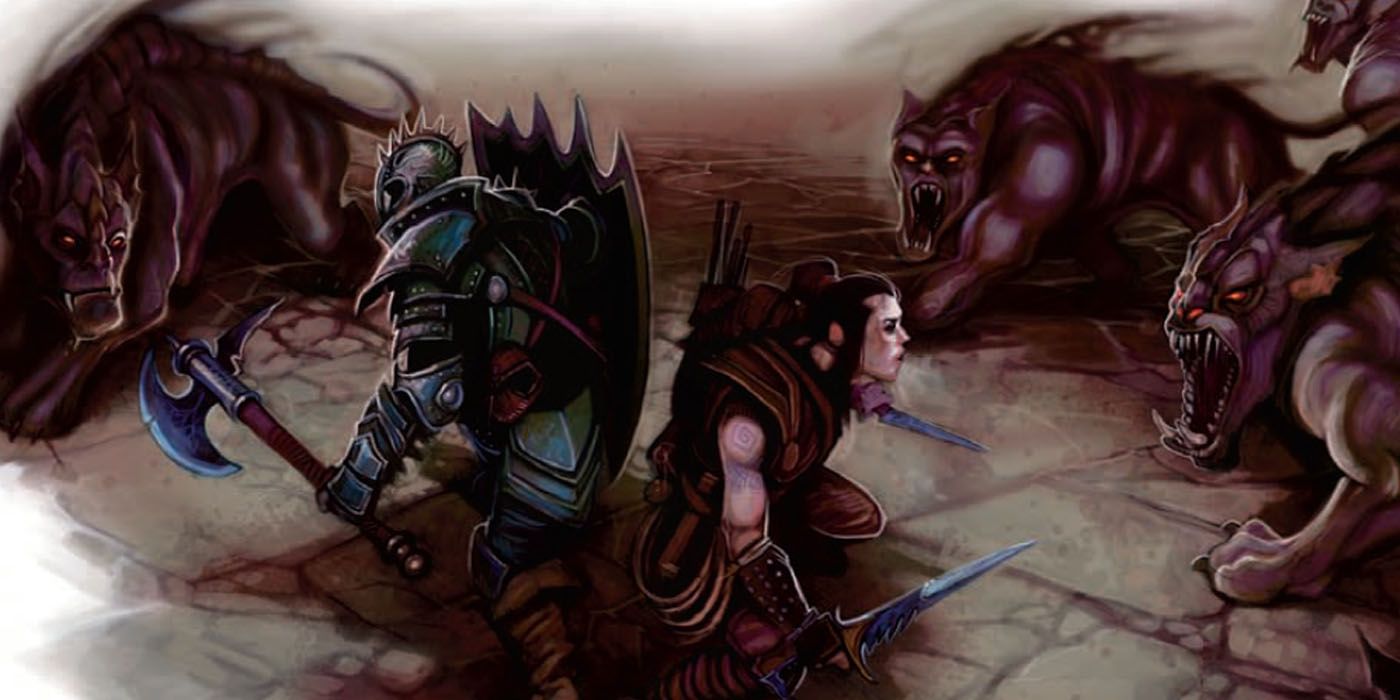
A Battle Master knows that an angry opponent will almost always make a mistake. With Goading Attack, they can lure their targets into a trap. When attacking, Goading Attack will expend a Superiority Die to taunt the opponent. This will force them to make a Wisdom Save. If the target fails, they will have Disadvantage on all attacks against targets aside from the Battle Master. This lasts until the Battle Master ends their next turn.
Goading Attack serves as one of the rare instances of a taunt mechanic in 5e. Menacing Attack is the more efficient option in terms of forcing a debuff to the enemy; however, Goading Attack works just as well if the Battle Master needs an opponent – such as a powerful boss – to focus on them while allies reposition or dish out more attacks.
5 Feinting Attack
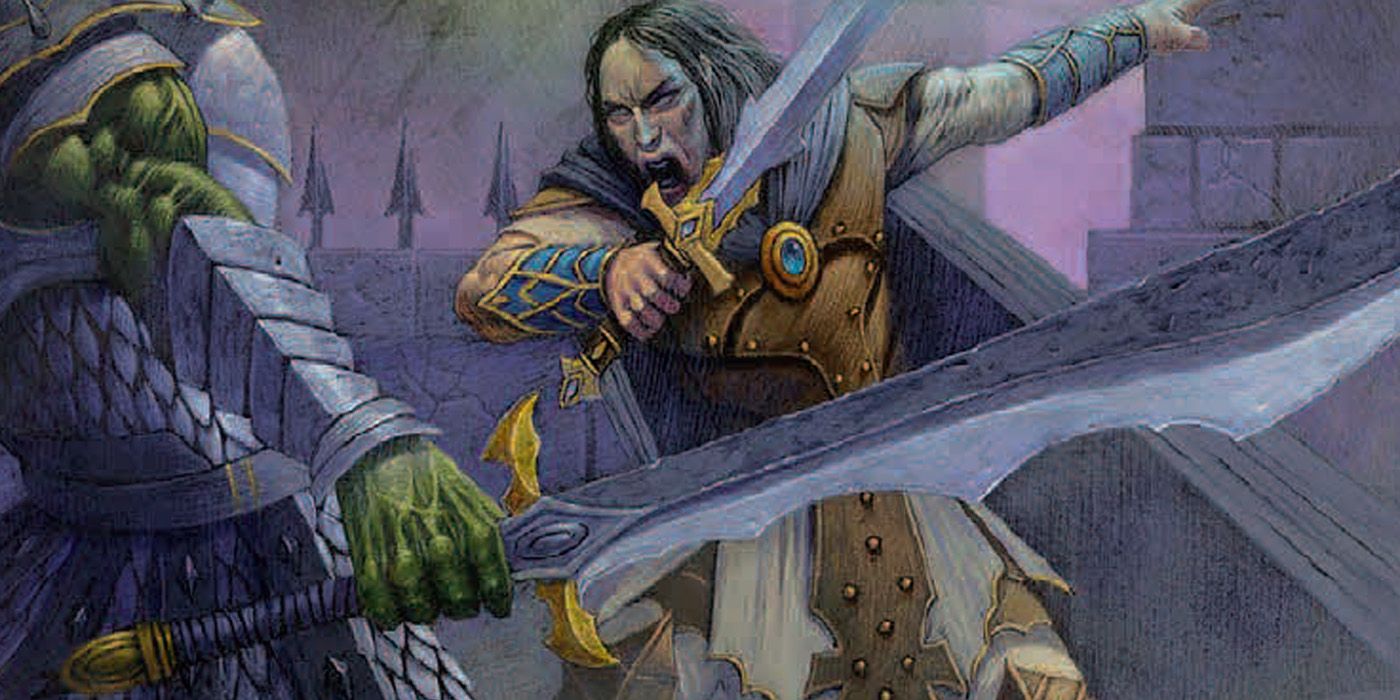
With this maneuver, Battle Masters can roll a Superiority Die and a Bonus Action to feint against a target. The player then has Advantage on the next attack roll against that target during the same turn. On a hit, they add the Superiority Die's result to the damage.
An ability that adds Advantage to one's own attack is a godsend against powerful bosses. Moreover, Fighters that use potent weapons can capitalize on Feinting Attack to potentially land much-needed hits to eliminate enemies much faster. This Maneuver is perfect for players planning on attacking their target during that turn.
4 Parry
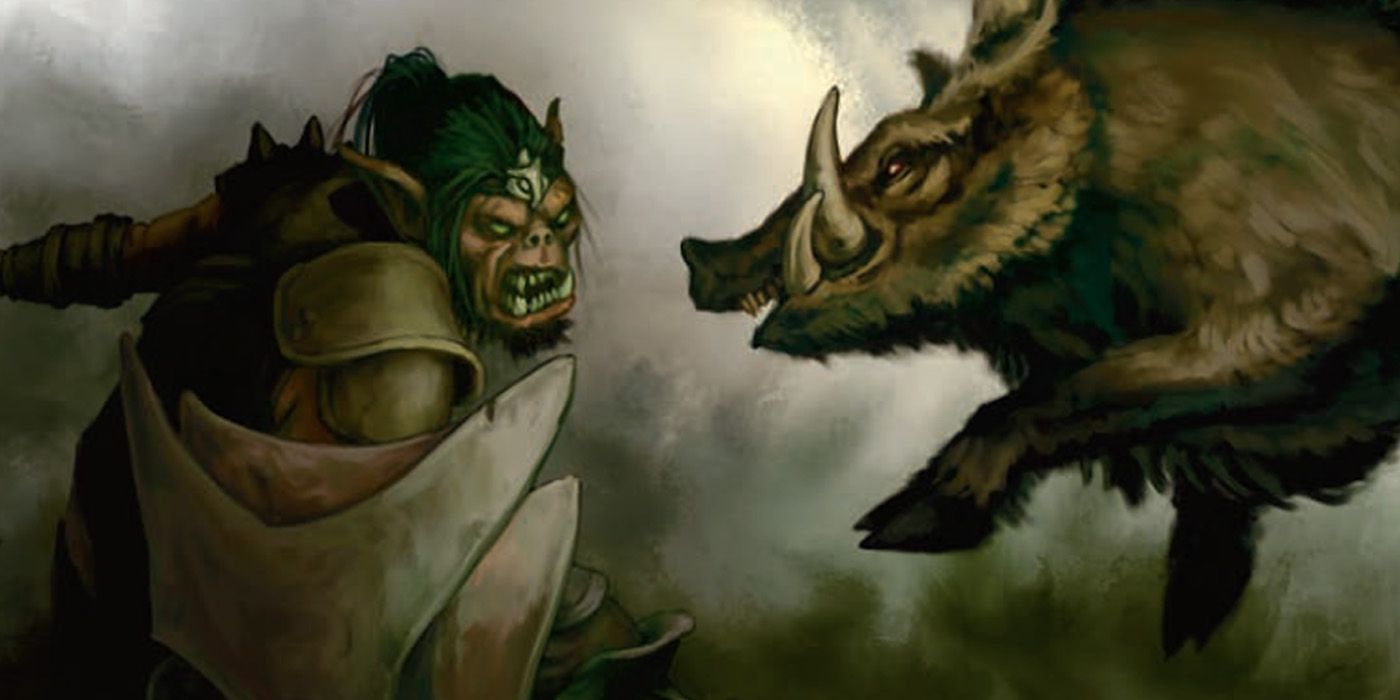
With Parry, Battle Masters can spend a Reaction and one Superiority Die to successfully parry otherwise-deadly attacks. If they trigger this Maneuver, they can reduce the opponent's damage based on the Superiority Die roll and their Dexterity Modifier.
RELATED: D&D Adventures To Play If You Loved Divinity: Original Sin 2
Reducing overall damage always trumps having to get healing from Spellcasters. Remember, players will almost always need healing when dealing with powerful bosses. If there's a way to reduce damage, then the party will always have better survivability.
3 Riposte
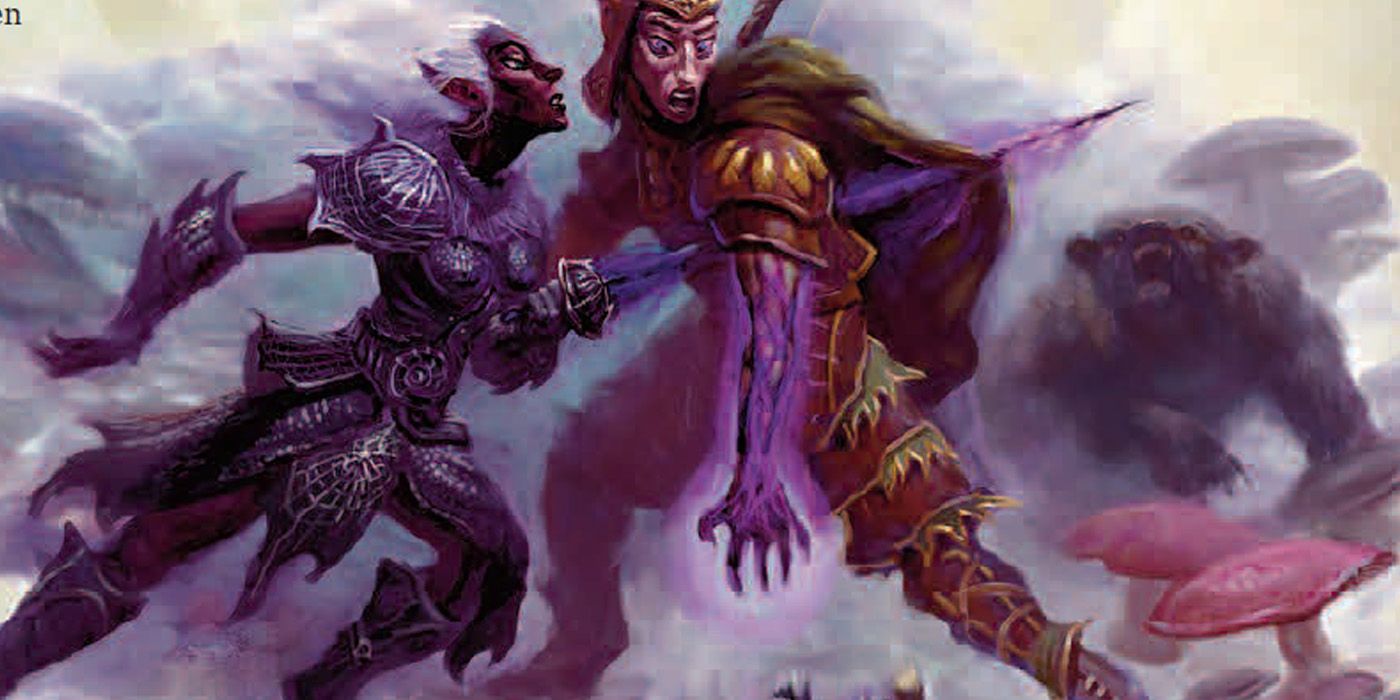
Isn't it nice to punish an opponent that misses? With Riposte, Battle Masters can spend their Reaction and roll a Superiority Die to make a melee weapon attack against an opponent, provided it's after they missed their attack against the Fighter. If the Battle Master hits with Riposte, they add the Superiority Die's roll to the damage.
Riposte can become a great way to immediately punish an opponent's attack if the player hasn't spent their Reaction for that round. This Maneuver becomes especially fun to play with if players trigger this after they made a turn. After all, Reaction resets once it's their turn again in the next round – they can attack the same opponent again afterward.
2 Trip Attack

Hitting a downed opponent might seem unethical, but a Battle Master needs to do everything to protect their allies. Thanks to Trip Attack, Battle Masters that just landed a hit can spend a Superiority Die to attempt to trip the same target.
After adding the Superiority Die's roll to the original damage, the target needs to make a Strength Save if they're Large or smaller. If they fail, the target becomes prone.
1 Brace
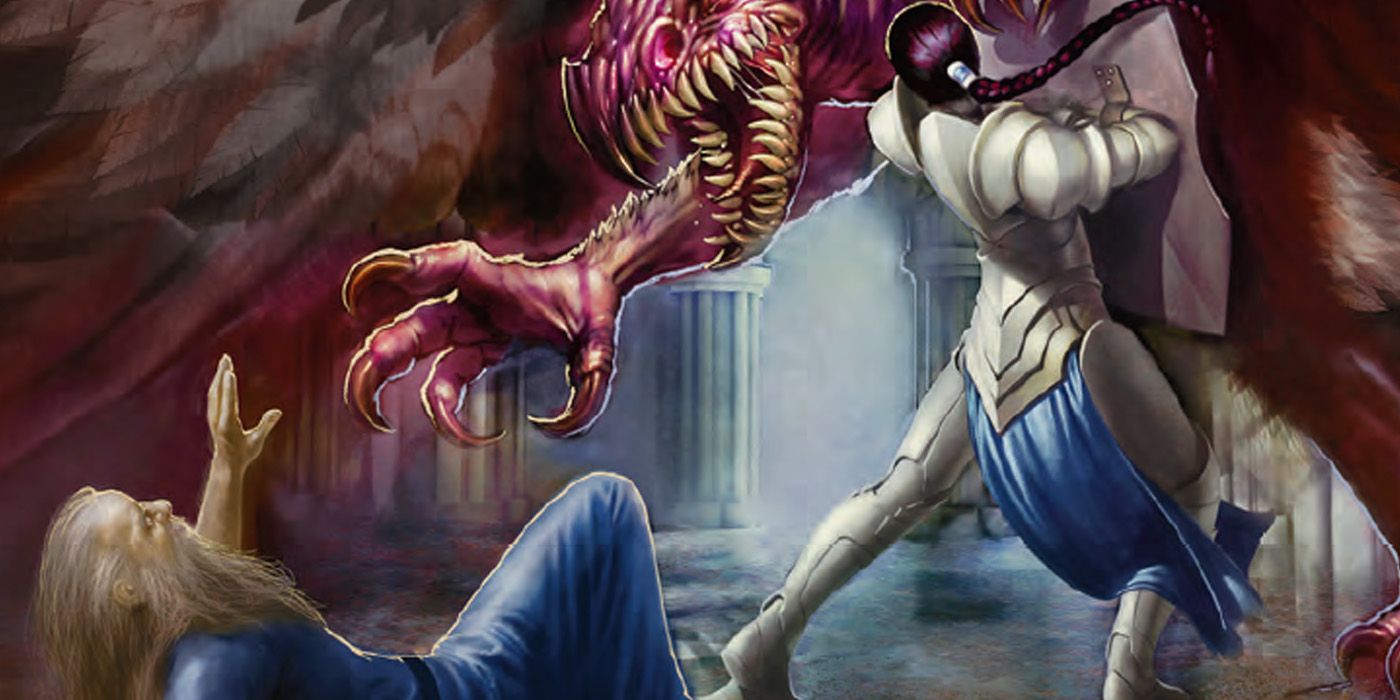
A Battle Master's familiarity with combat tactics allows them a preemptive strike against the enemy With Brace, Battle Masters can use a Reaction and roll a Superiority Die to make an attack against a creature that enters their reach. The Battle Master then adds the Superiority Die roll to the attack's damage.
Brace gives players an extra Reaction option without waiting for creatures to attempt to leave the Fighter's reach. Moreover, Brace easily works well with Polearm Master, as this gives Battle Masters an instant attack option as far as 10ft away. This won't work with Sentinel, though. Remember, Sentinel's effects (remove enemy speed for the turn) only triggers at the cost of Reaction as well.

